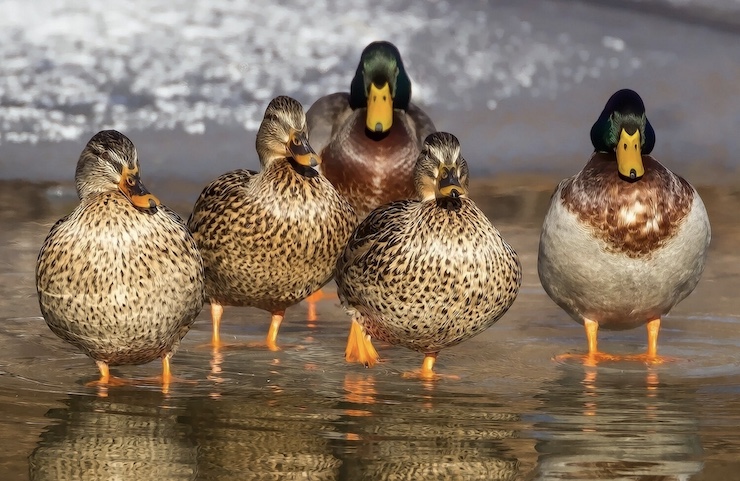
Growing up in the plains of Bismarck, North Dakota, ducks and waterfowl played a big part in Dr. Kevin Ringelman’s education. Kevin would spend hours hunting and studying ducks with his wildlife biologist father. He quickly learned that not only can ducks model biological and social family structures, but they are also markers of an abundant and healthy ecosystem. Kevin received a bachelor’s degree in Biology, Ecology, and Evolution from Cornell University and then his Ph.D. in Ecology from the University of California Davis.
Throughout his years as a student, Kevin focused on the behavioral ecology of waterfowl that nest on the ground. After graduation, he joined the Louisiana State University College of Agriculture as an assistant professor to continue his research on ground nesting waterfowl. And as Kevin proudly says, “There is no better place than Louisiana to study waterfowl.” Kevin’s research is now centered on the impacts water fracking has on waterfowl populations and health. His research provides valuable data on the health of wetland environments. If large, healthy broods are serving, then the wetland is strong.
But after years of research, Kevin realized that he simply was not getting accurate brood counts. Ducks like to nest and hide in dense vegetation and are easily spooked. In August of 2020, Kevin and several of his students developed a pilot drone program to survey waterfowl populations. To conduct the survey, the team headed to 2 sites that had recently undergone manual ground counts. The first site was in Manitoba, Canada, and the second was in Minnesota. The drones proved to be far more reliable than Kevin had anticipated.
Using a drone with a thermal imaging camera, Kevin and his students were able to locate birds in the early morning hours while they were still nesting. Because the drone was able to remain at a high elevation, the broods were not spooked. Kevin was able to use the drones to then track the birds as they left the nest. This allowed him to observe behavioral patterns and eventually bring the drone closer to take a full color picture for species identification.
In the paper Kevin published about the drone pilot he states that “In Manitoba we located 669 broods with the UAV, compared to 344 detected by double-observer ground surveys. In Minnesota we detected 225 duck broods with the UAV, whereas only 105 duck broods were detected by ground observers.” With such strong numbers, it gives researchers a better understanding of the overall health of the wetlands. Now Kevin plans to bring the drone program back to Louisiana to survey population counts. “With advancing drone and camera technology,” Kevin states in his paper, “we believe UAV brood counts will become increasingly accurate and provide reliable measures of local duck productivity.”
|